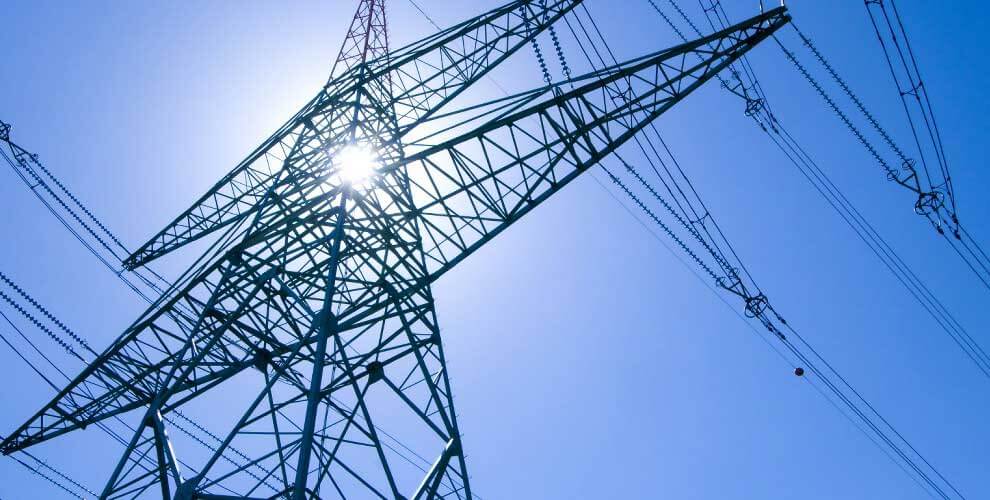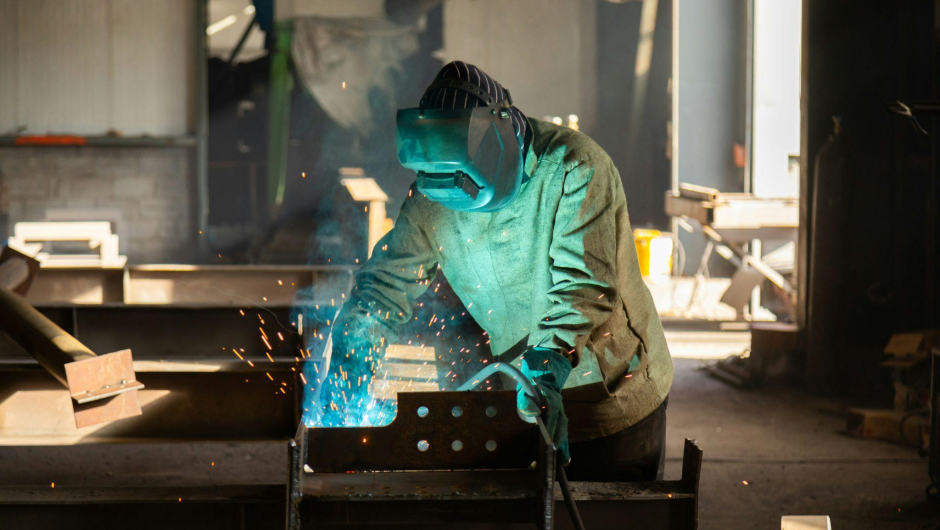Every country runs on three fundamental pillars that ensure the smooth functioning of the society, i.e., water, food and electricity. Since most sectors receive a consistent supply of all three resources without any hindrance, most people don’t bother understanding the comprehensive operational structure that is designed behind the delivery of these resources, namely, food supply, water supply chain, and electric power distribution.
Now, we understand that for people who have close to no knowledge in the electrical and technical fields, it is difficult to understand how industrial and mechanical structures work. Therefore, this article aims to provide readers with an extensive yet comprehensible introduction to the definition, uses, challenges, and advantages of electrical power distribution.
What is Electrical Power Distribution?
Let us start with the most basic question: What is electrical power distribution, and why is it integral to society’s smooth functioning? In simple terms, electrical power distribution refers to the final stage of delivery in the process of electricity distribution. To put it in a more simplified manner, electricity generated in the power plants is carried via overhead insulated layers that are professionally placed in metal towers.
Further, in the whole electric power distribution system, all transmitters are handled with the help of safe but high voltage levels of current. On the other hand, aside from towers and cables, other crucial components of a transmission network are insulators designed to support and surround all the installed cables and wires. Below we have mentioned some of the many elements of electrical power distribution and how they help in delivering electricity efficiently:
- Transmission line
In most cases, a transmission line is formed by high-quality metallic conducting wires that are deployed in different types of towers through insulators with effective materials. In addition, these lines are spread across vast distances. However, when it comes to the role of transmission lines in electric power distribution, it is linked with large consumers and power plants, sources that supply energy at very high-voltage levels,like mining companies and factories.
- Substations
Substations are positioned at several connection points with the consumers, electric power distribution companies and generators. The primary function of a substation is to accelerate the voltage level to thousands of volts while bringing benefits like reduction of electric current.
- Distribution Networks
In the electrical industry, professional experts focus on designing electric power distribution networks with medium, high, and low voltage lines. It is important to keep in mind that transmission lines with avoltage level of 230V are usually referred to as the primary network.
Since electric power distribution is a process that is always in operation, it faces complex challenges on a daily basis like an explosion, burnouts, overheating, short circuits, downtime, and more. In order to comprehend the basic premise of an electric distribution system, we must know that this process is highly sensitive and intricate to be functioning without any expert supervision.
Initiate a Smart and Reliable Collaboration
One of the best solutions for upgrading the electric power distribution system is to research and collaborate with a prestigious and reliable service provider in the electric field. They have a team of expert technicians who are equipped with all the right knowledge, tools, and resources that are integral in running any electrical process.
Lastly, the electric power distribution system is employed with various instruments that might lead to threatening situations, causing harm to operators, workers, and all the installed assets. Therefore, joining hands with an electric service provider will safeguard you from massive expenditures that can save you huge amounts of money.

“Devoted organizer. Incurable thinker. Explorer. Tv junkie. Travel buff. Troublemaker.”







